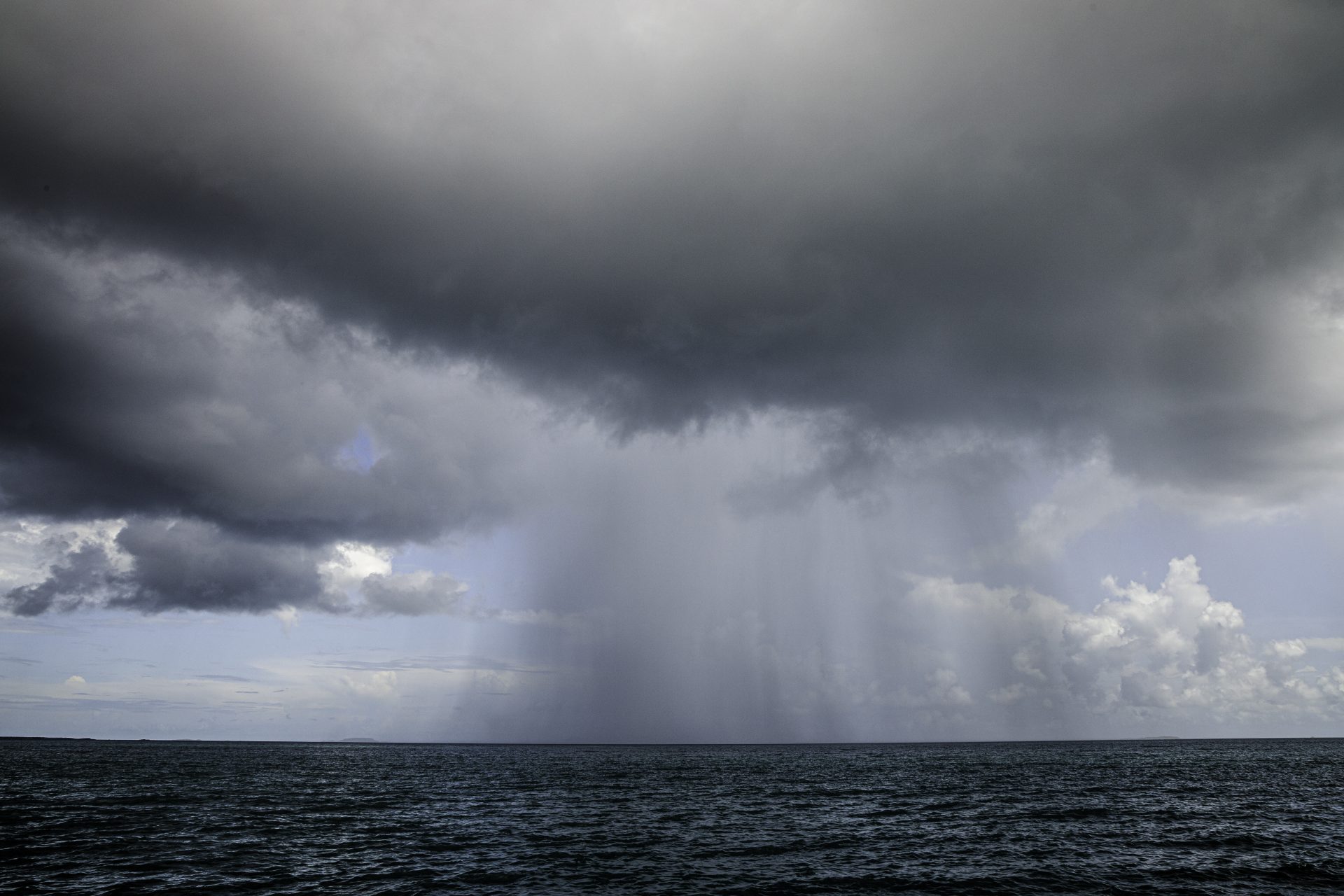Was a massive prehistoric meteorite responsible for all life on Earth?
A controversial theory in the scientific community suggests that a gigantic meteorite that hit the Earth in its prehistoric past could be responsible for all life on the planet. But does this theory have any merit?
The theory that giant meteorite impacts might have had a hand in helping life on Earth thrive has been kicking around the scientific community for decades, but a group of scientists might have just proved this really could have happened.
In a new study just published in the Journal of Proceedings of the National Academy of Science, researchers argued that a giant meteorite that smashed into the Earth billions of years ago could have created the conditions to help foster life.
The meteorite in question is referred to as S2. It was only discovered in 2014 according to NBC News and it hit Earth roughly 3.6 billion years ago. But what is really interesting about S2 was its size in comparison to other meteorites.
Several news reports have commented on the size of S2. CNN pointed out more it was than 200 times the size of the meteorite that took out the dinosaurs. NBC News reported that S2 was about four times the size of Mount Everest… so it was a really big rock!
With S2 being so large, it unleashed a tsunami of almost unfathomable propositions on the planet—a very important point that we will turn back to soon. It is believed that the impact caused Earth’s oceans to boil.
The impact of S2 didn’t destroy life on the planet like the meteorite that brought ruin to the dinosaurs because life on Earth at the time wasn’t that advanced. BBC News noted that the planet looked a lot different 3.6 billion years ago.
Our planet was only a “water world” home to just a few continents and simple life. What was alive on Earth 3.6 billion years ago wasn’t like anything alive now. Only very simple microorganisms made up of single cells existed according to BBC News.
If the new research proves correct, S2 may have done more to seed life on the planet than to destroy it. How is that possible? Let’s take a look at what study lead authors and Harvard University geologist Nadja Drabon and her team discovered.
“We know that giant meteorite impacts were frequent during Earth’s infancy and that they must have affected the evolution of early life, but we didn’t have a good understanding of how,” Drabon told NBC News.
Photo Credit: Wiki Commons By Tim Bertelink, Own Work, CC BY-SA 4.0
Drabon and her researchers traveled to the impact site of S2 at Barberton Greenstone Belt in South Africa where they collected 220 pounds (100 kilos) of rocks. These rocks underwent analysis in a lab to see what they could tell us about the impact.
Photo Credit: Wiki Commons By NASA Earth Observatory, Public Domain
The researchers determined that a giant tsunami swept across the planet and that heat from the impact caused the ocean to boil off. The tsunami kicked up nutrients like phosphorus and iron and the heat likely caused some ocean evaporation according to NBC News.
Photo Credit: Unsplash By Leo Escala
The ramifications of S2's impact are important because they led to a situation where the Earth’s oceans were rife with iron. Iron is crucial for the development of life on Earth, only two forms of bacteria alive today can survive without iron.
Life in the ocean was affected in different ways by S2's impact. The darkness that followed the impact likely hurt life living in shallow water in the short term, but it also may have helped life living in the deeper depths of the ocean thrive.
Photo Credit: Wiki Commons By Tim Bertelink, Own Work, CC BY-SA 4.0
NBC News noted that as a result of S2’s impact, there was a “temporary boom of microorganisms that relied on iron," the assumption being that S2 may have helped develop the environment needed to create more advanced, iron-dependent life on our planet.
“Before the impact, there was some, but not much, life in the oceans due to the lack of nutrients and electron donors such as iron in the shallow water,” Drabon said according to CNN. “The impact released essential nutrients… on a global scale.
“A student aptly called this impact a ‘fertilizer bomb.’ Overall, this is very good news for the evolution of early life on Earth, as impacts would have been much more frequent during the early stages of life’s evolution than they are today,” Dragon added.
More for you
Top Stories






























